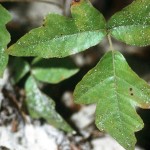 Fortunately, my family has never had to endure the pain and frustration that comes from contact with poison ivy or poison oak.
Fortunately, my family has never had to endure the pain and frustration that comes from contact with poison ivy or poison oak.
That said, FreeMD statistics on these pesky plants show that 9 out of 10 people who come into contact with poison ivy or oak will develop an allergic rash.
Let’s look at ways to identify these dangerous plants and hopefully avoid some unnecessary pain.
What does poison ivy and oak look like?
Poison ivy usually has three almond-shaped leaflets. The leaf color can range from light green to dark green, and even red in the spring and fall. Poison ivy can also appear in the form of a hairy vine. The leaflets are usually between 3 cm and 12 cm (1-5 inches). The plant will often bare a grayish-white berry-like fruit.
There are several well-known rhymes that can be used to help identify poison ivy.
- “Leaves of three, let it be.”
- “Hairy vine, no friend of mine.”
- “Berrys white, run in fright.”
- “Red leaflets in the spring, it’s a dangerous thing.”
- “If butterflies land there, don’t put your hand there.”
Poison oak grows as a dense shrub in sunlight, or a climbing vine in shade. This plant is also identified by a trio of leaflets, however poison oak leaves resemble true oak leaves in appearance.
Remember though: if you aren’t sure, leave it alone. Better safe than sorry. Here are some images that may also help you:
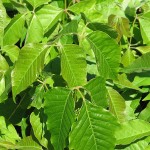

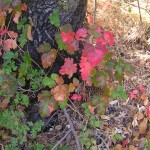
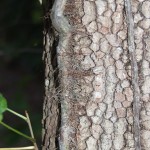
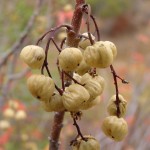
::tips(“Mouse over the images to see which plant it is.”)::
How do I know if I’ve come into contact with these plants?
The symptoms of a poison ivy or oak allergic reaction can include:
- Intense itching
- Mild skin swelling
- Rash
- Red, streaky rash
- Small blisters
- Clear fluid drains from the blisters
To learn more, check out poison ivy and poison oak on Wikipedia.

You must log in to post a comment.